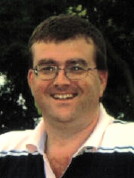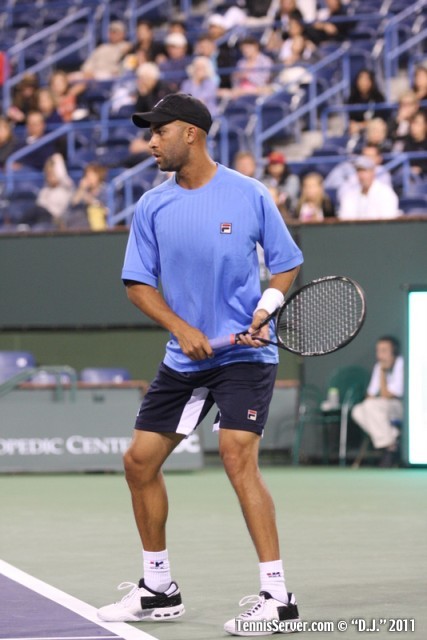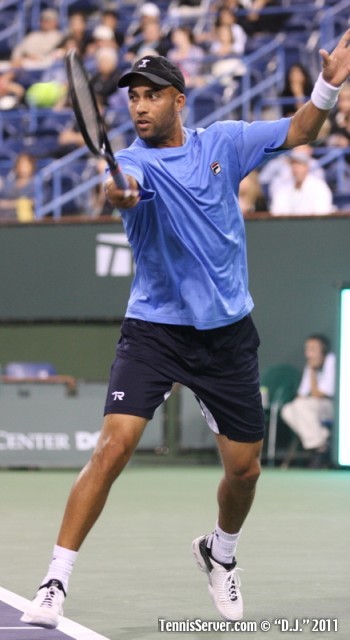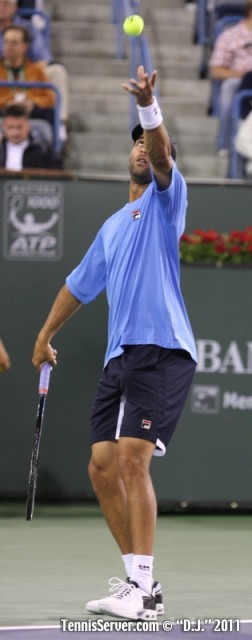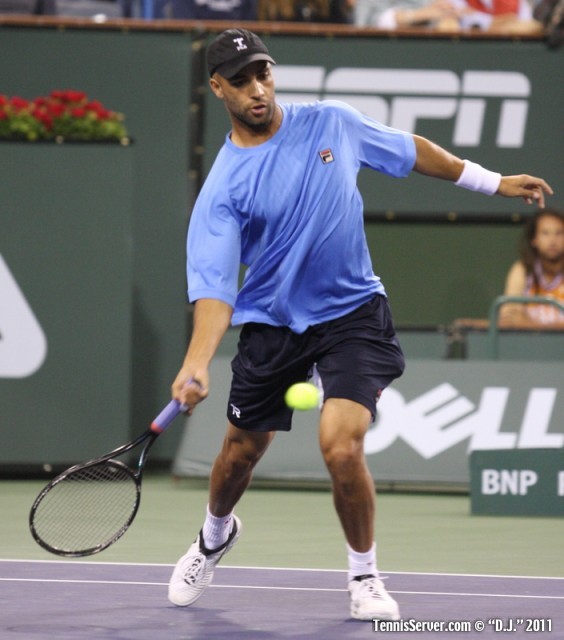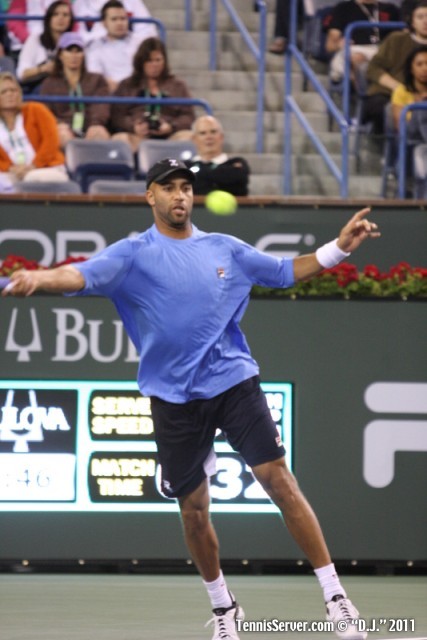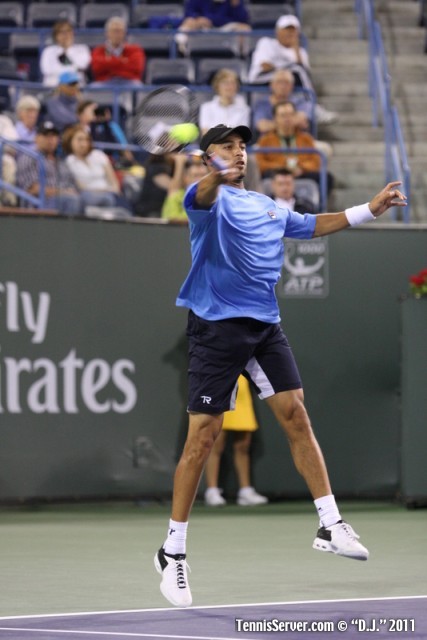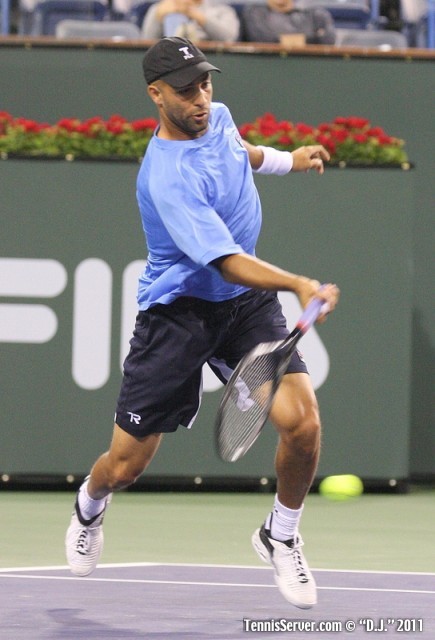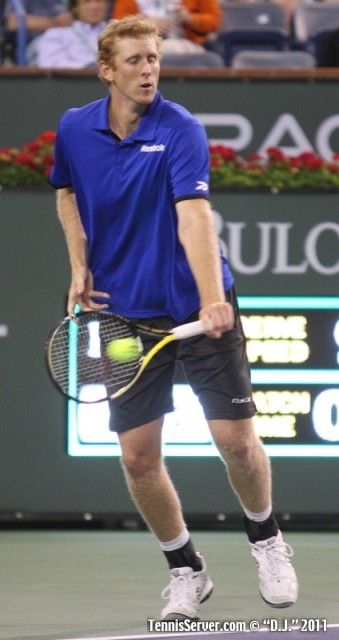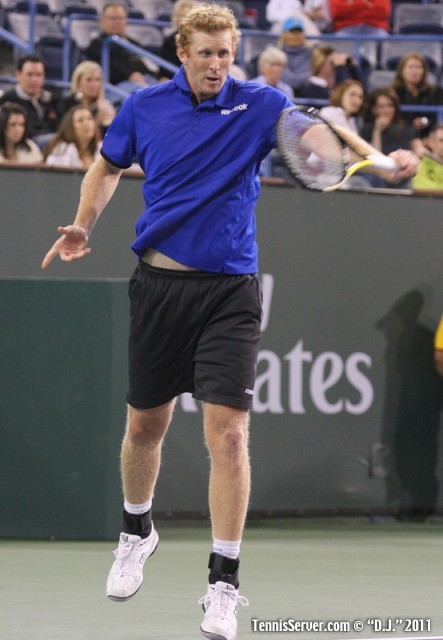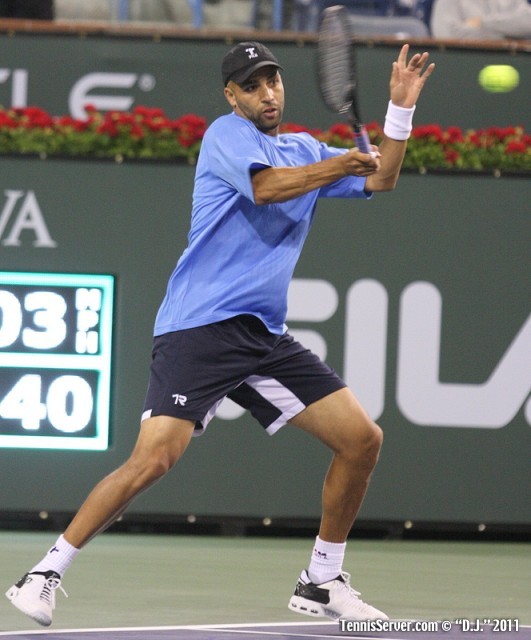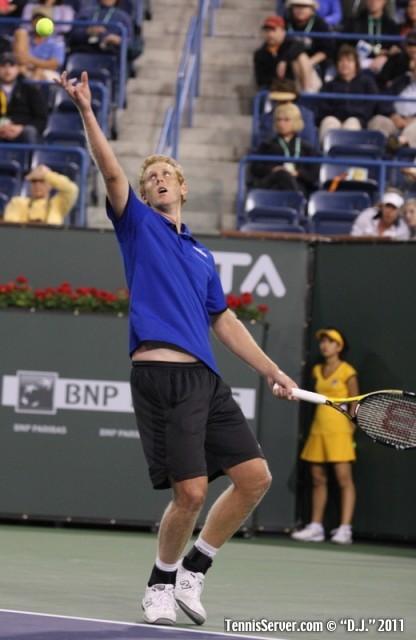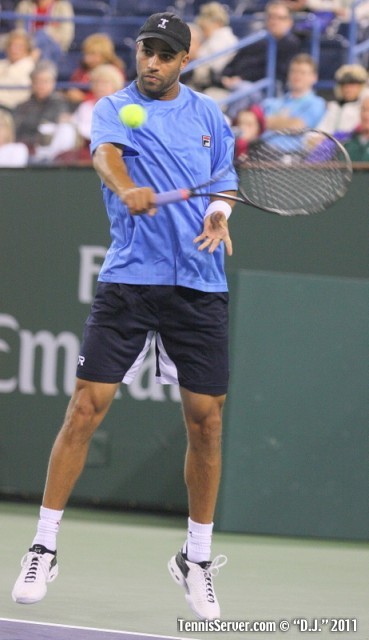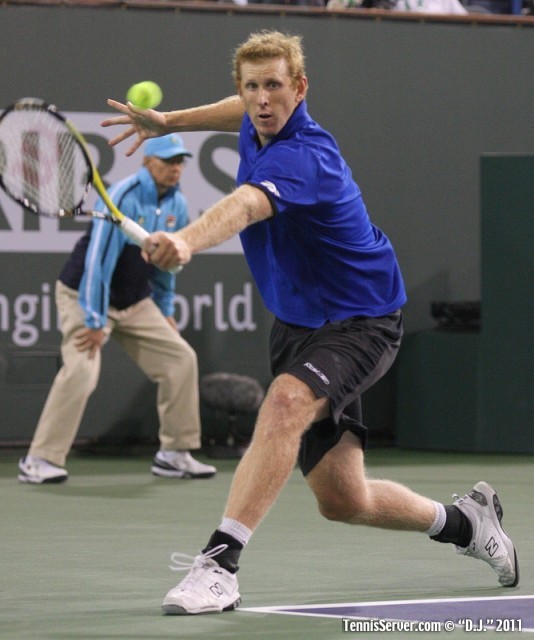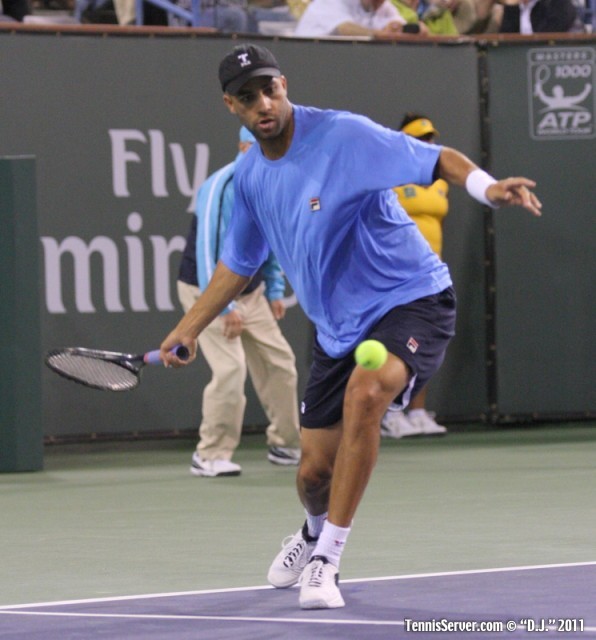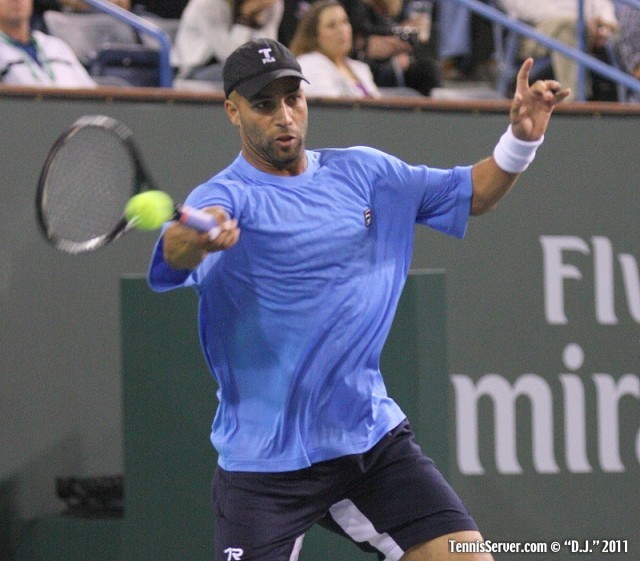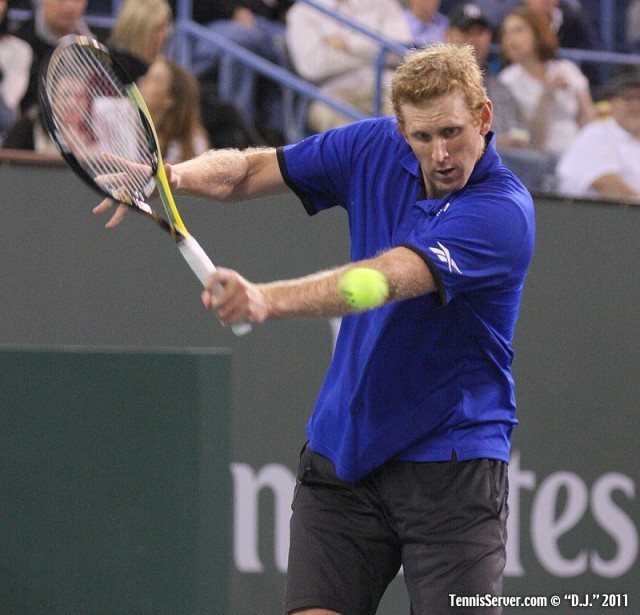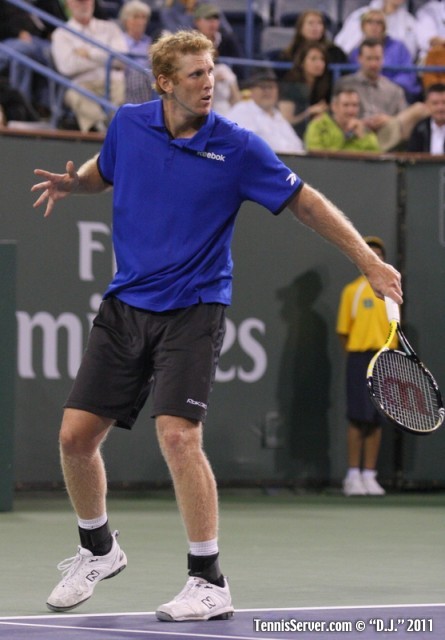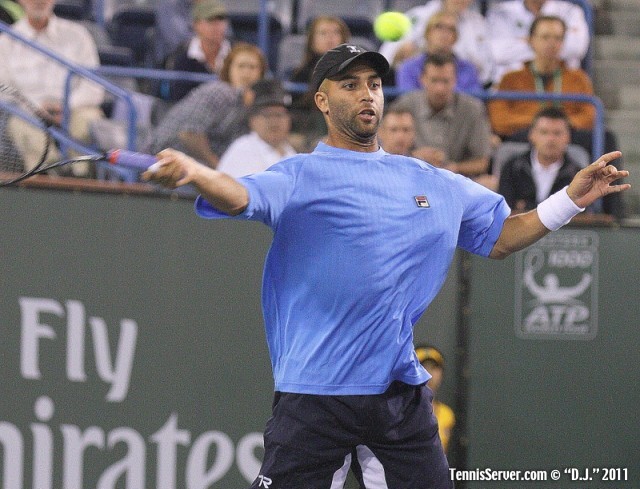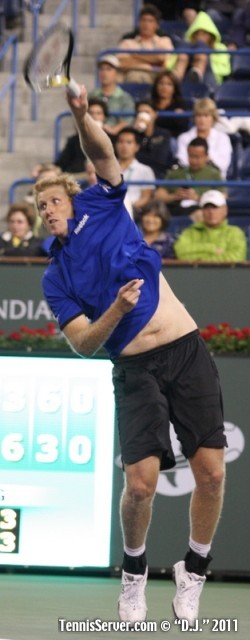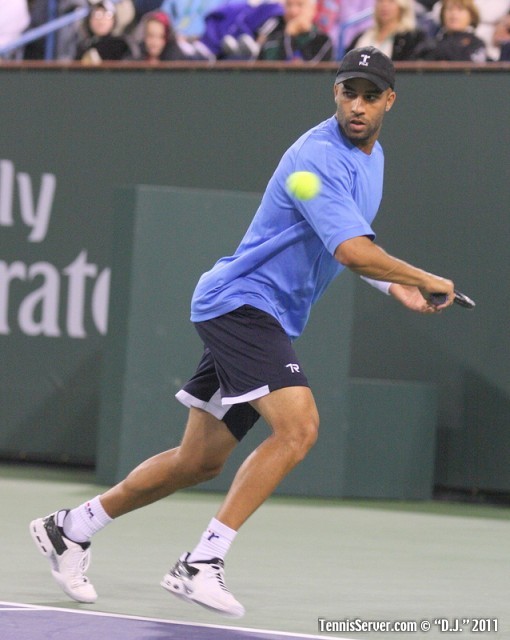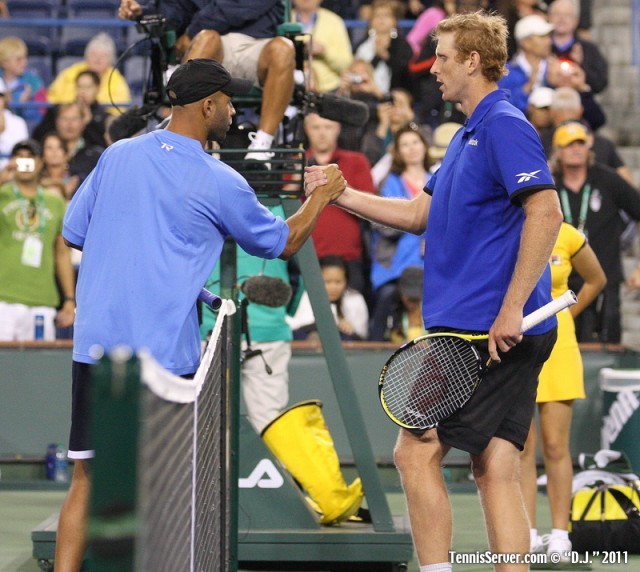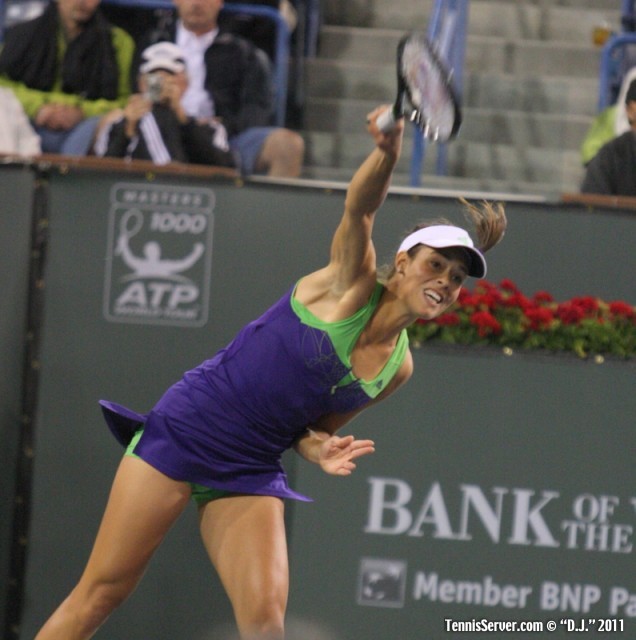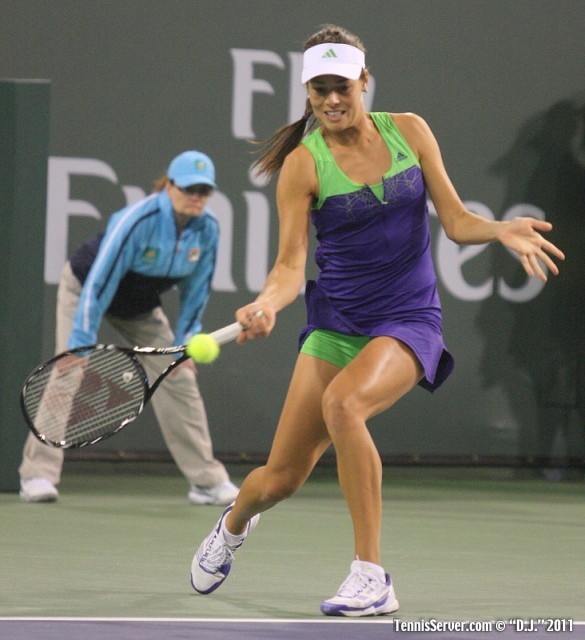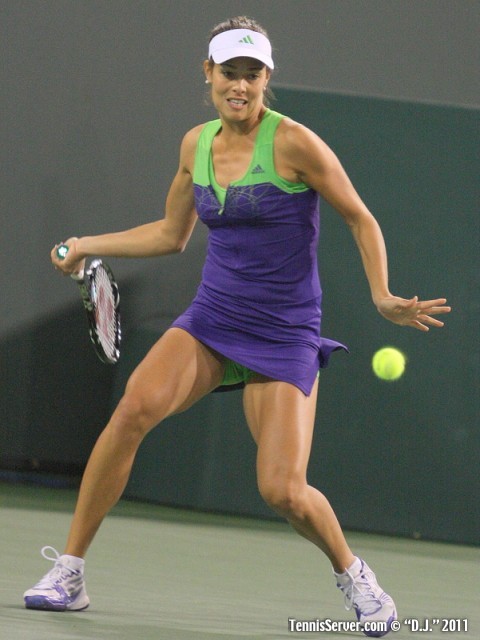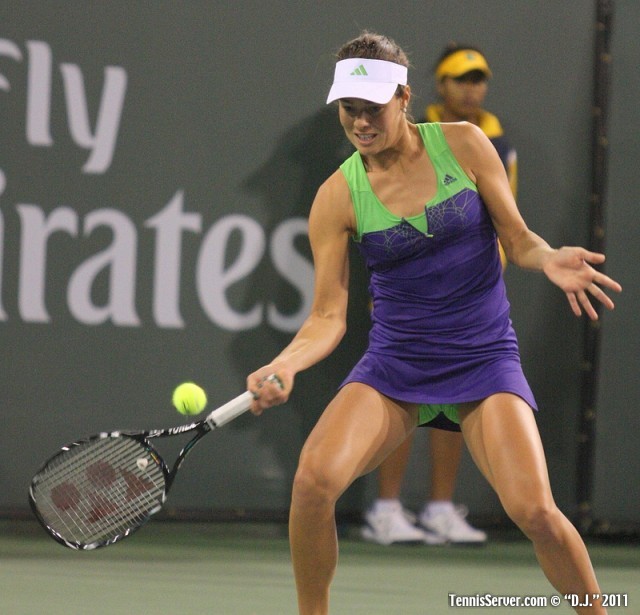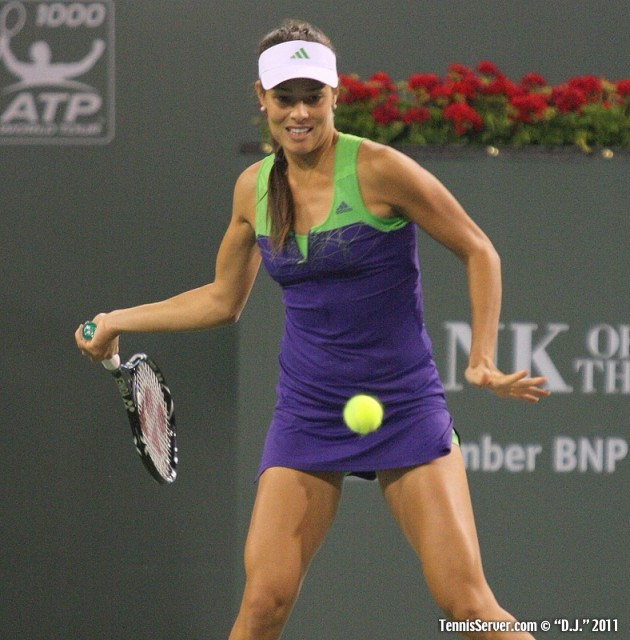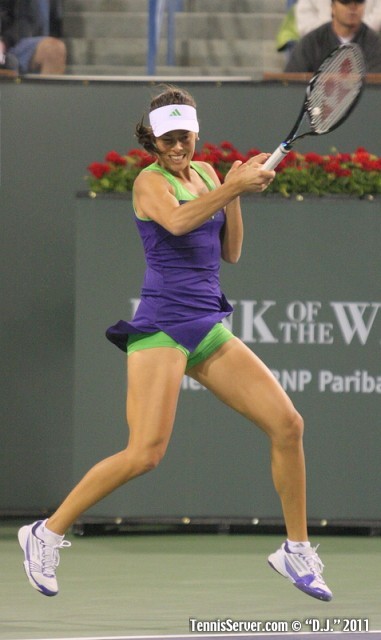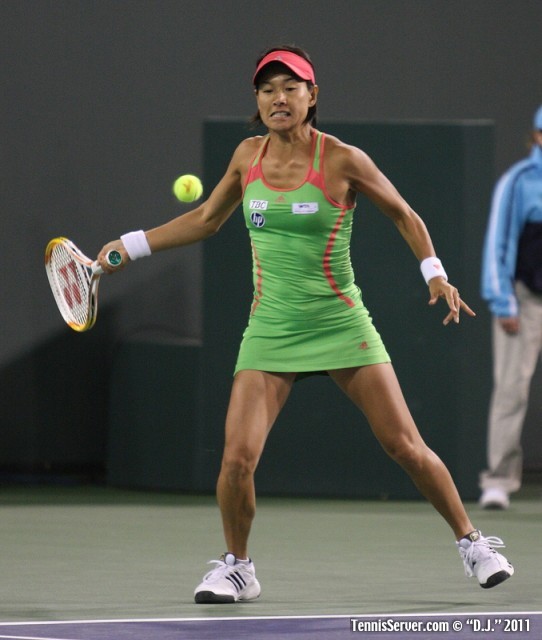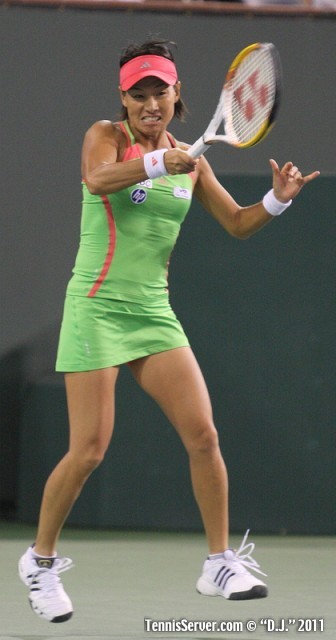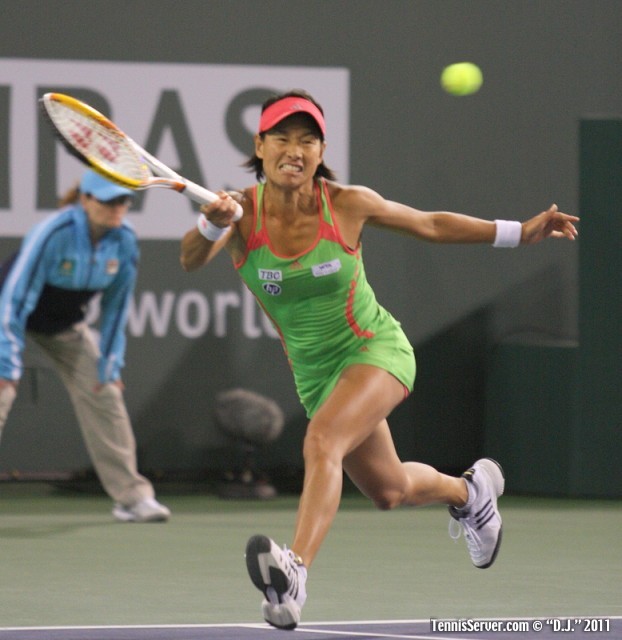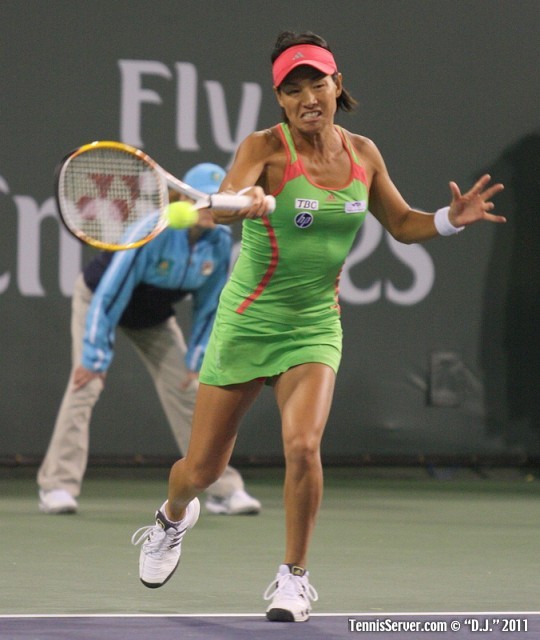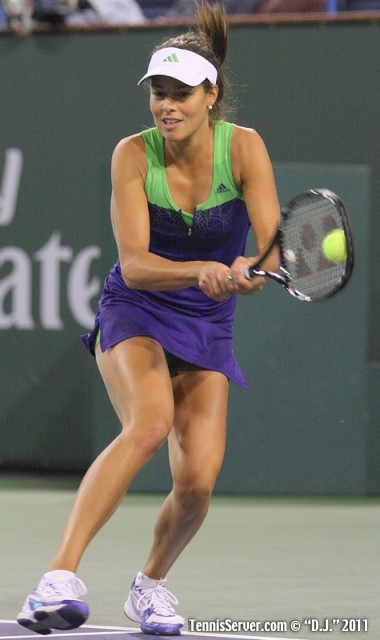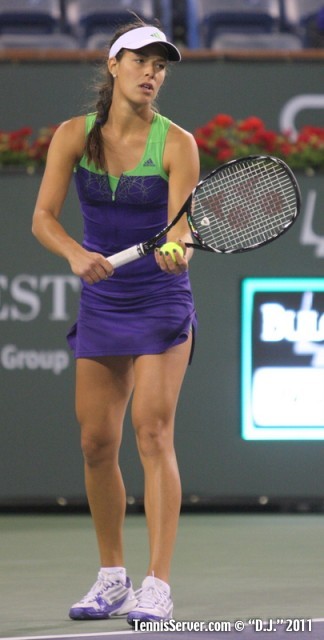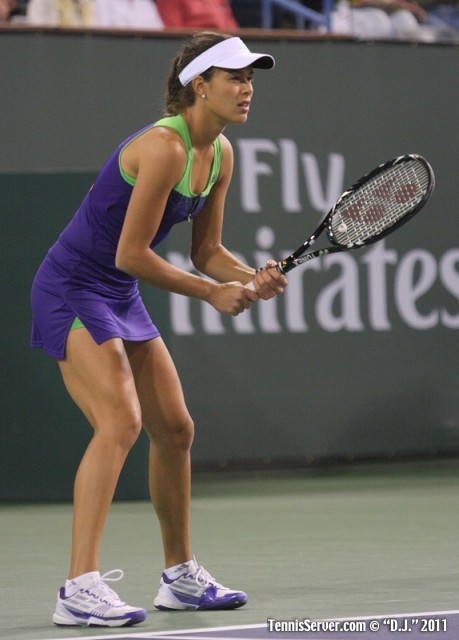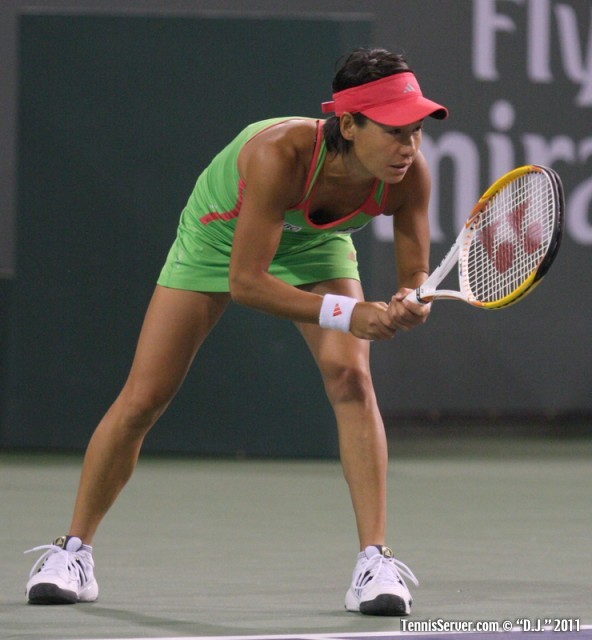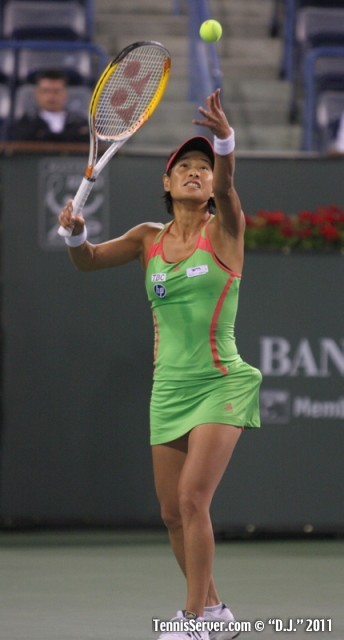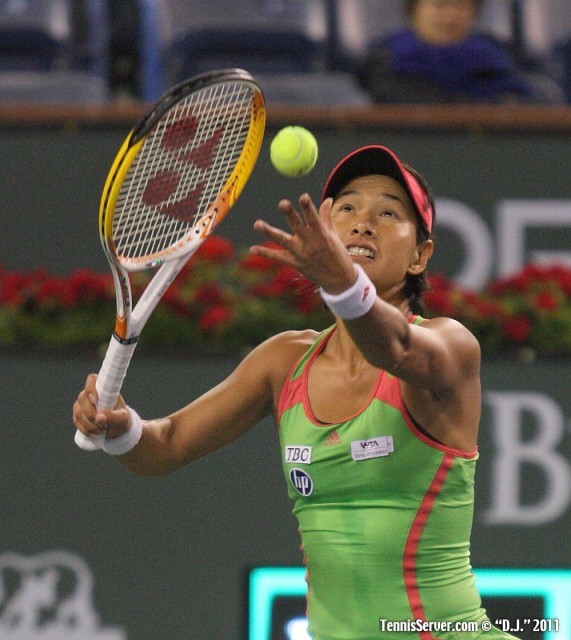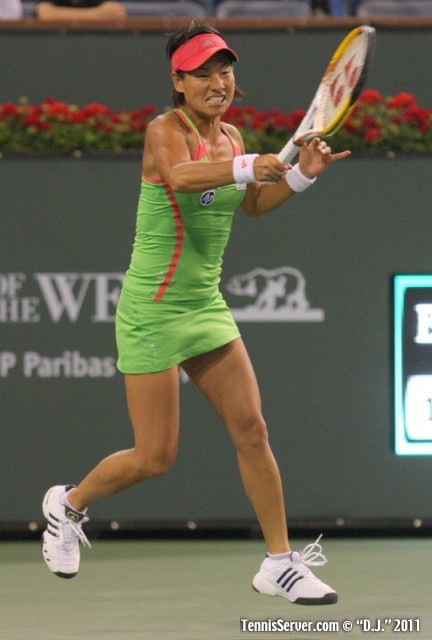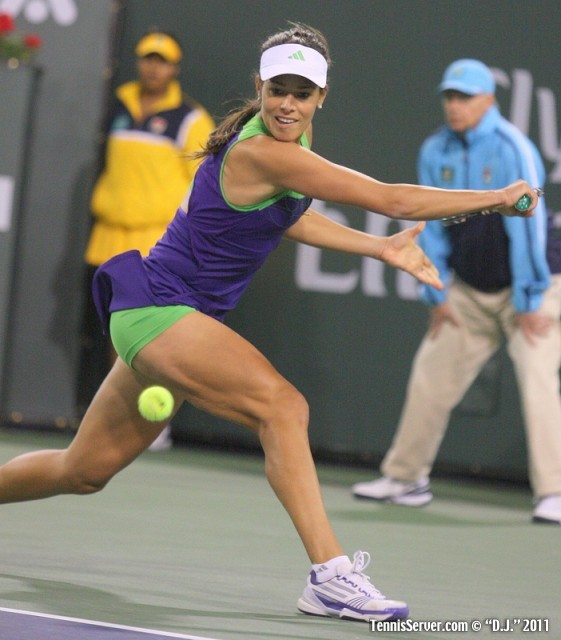Men's Preview
The BNP Paribas Open, which is the first ATP Tour Masters 1000 Series tournament of the year, began on March 8th at Indian Wells, California. The draw for both men's and women's singles tournaments features 64 players but officially is announced as a 96-player draw. The first 32 seeds receive a first-round bye, which is an advantage for players who have played a lot of tennis in the previous weeks, with tournaments in Europe, the Midwestern U.S. and of course, the first round of the Davis Cup, played just last weekend.
The first round byes can help top players by giving them extra practice time on the tournament courts prior to their first match. However, it can also work against them if their opponent has played previous matches in the event. For instance, if their opponent had to qualify, they have already had several matches on various tournament courts prior to their encounter with a top-ranked player. Each tournament court is slightly different in terms of speed and tournaments from week to week usually feature very different competitive conditions even if the surface is the same. For most amateur players, we would probably not notice the differences; but touring professionals can detect subtle changes from event to event and make the necessary adjustments. Usually, the top-ranked players have no problems defeating lower-ranked players but the occasional upset does happen, just not all that often.
As the No. 1-seeded player in the draw, Nadal looks to have perhaps the easiest path to the quarterfinals (if the player seedings hold) as he could confront fellow compatriot David Ferrer (seeded 6th). Prior to that, Rafa might face Juan Monaco in the third round (seeded 27th) and either Marcos Baghdatis (seeded 19th) or perhaps Jo-Wilfried Tsonga (seeded 15th) in the Round of 16. A Nadal / Baghdatis encounter might prove very interesting as Marcos upset Rafa in the quarterfinals at the Western & Southern Financial Group Masters event in Cincinnati last year. Still, Rafa has a commanding 6-1 edge in head-to-head meetings with the Cypriot. Rafa has a 5-1 edge in career head-to-head meetings with Tsonga, with Jo-Wilfried's only triumph coming back in 2008 in the Australian Open semifinals (in straight sets, 2, 3 & 2). In that particular match, Rafa had unusual difficulty holding on to his serve as he was broken five times. I would certainly not expect a repeat of that performance if this particular match-up recurs.
Rafa seems to be handling the pressure of being the No. 1-ranked player in the world with relative ease. Of course, it was surely a disappointment that he was unable to capture the Australian Open a few months ago, as that would have given him the "Rafa Slam" by holding all four major trophies simultaneously. But keep in mind that he will turn 25 years old in early June this year. He is just beginning to enter his most productive (and prolific) years in professional tennis. He is slightly ahead of Roger Federer's pace by having won nine majors by the age of 25 (as compared with Federer's eight by that same period of time). Since Federer is seeded second, the only possibility that these two players will meet in the BNP Paribas Open would be in the final. However, don't count on this occurring because they have only played in North America twice in their 22 head to head encounters, both occurring at the Sony Ericsson Open in Key Biscayne, Florida (in the round of 32 in 2004 and the finals in 2005).
While talking about Mr. Federer, I must admit a certain curiosity as to how he is going to handle this year. He was unable to defend his 2010 Australian Open title; losing in the semifinals to Novak Djokovic, who seems to have finally figured out how to play against Roger. Novak has won six of the previous 12 meetings against Roger (going back to 2009) which might not seem like a lot, but considering the fact that Novak was able to prevail in only two of their first nine meetings, winning that much against Roger in the last few years is great progress. Federer trails Nadal by 4,425 points as of the March 7th, 2011 rankings. That is a rather large disparity and it would take a monumental collapse on Rafa's part and an incredible run of success on Roger's part to overtake Rafa this year as the world's top-ranked player. Another wildcard, if you will, concerns Federer's age: he turns 30 years old on August 8th this year, five days prior to the start of the 2011 Western & Southern Open. Much has been written about how much more difficult it is to win majors after turning 30 years old. Andre Agassi won two majors after age 30 (the Australian Open in 2001 and 2003); Rod Laver did the unthinkable by winning all 4 majors in the same calendar year (1969) at the age of 31, which was unusual since that was the first year professionals were allowed to play in the majors (from 1963-68, Laver and other pros were ineligible to compete for major championships) and Pete Sampras won his last major at the age of 31 (the 2002 U.S. Open).
The point is that it becomes inherently more difficult to win a major after age 30 than it is up to that point. I would not be totally shocked if Roger managed to win only one major this year (Wimbledon) or perhaps none at all this year, depending on how often he squares off against the likes of Djokovic and Nadal. That's not to say that he can't win those matches anymore. But it would seem that he is starting to enter a declining period of his tennis. A journalist at the Australian Open asked him (after his second loss to Djokovic in a major tournament) if this loss represented the "changing of the guard" in men's professional tennis. Federer deferred the answer by stating bluntly "Let's talk again in six months." You can bet that I'm going to ask him that very question when I see him in Cincinnati this year, depending on how his year progresses. Obviously, if he rebounds and wins either the French or Wimbledon (especially if he beats Rafa and / or Djokovic at either event) the question is kind of a moot point. Keep in mind that after that "devastating" loss to Djokovic in the semifinals of the 2010 U.S. Open, Federer won his next three matches against Novak (and six out of seven sets) in Shanghai, Basel and London. So, it is far too early to count Federer out of contention for major titles just yet.
Ivan Ljubicic probably has the toughest path to the quarterfinals, as he might have to face Robin Soderling (seeded 4th) in the Round of 16. Philip Kohlschreiber (seeded 32nd) and Alexandr Dolgopolov (seeded 20th) and the very dangerous Juan Martin Del Potro all lurk in Ivan's quarter of the draw. Unfortunately for him, Ljubicic has a lot of points to defend as he won the 2010 BNP Paribas Open. Andy Roddick, the finalist of the 2010 BNP Paribas Open, has John Isner (his fellow Davis Cup teammate, seeded 30th), Richard Gasquet (seeded 18th) and Jurgen Melzer (seeded 10th) in his quarter. But I don't see any reason why Andy can't get through to the quarters at the very least. Granted, fatigue may be a factor as well as all the recent travel. He won the Regions Morgan Keegan Championship in Memphis, Tennessee, the week of February 14th and then had a week off. He was originally scheduled to play in Delray Beach, Florida, the week after Memphis but due to his tournament win in Tennessee, he withdrew because playing Delray Beach would require him to play three straight weeks (including Davis Cup). He did not want to play four straight weeks and no one can blame him for that. He had far too many points to defend between Indian Wells and Key Biscayne (where he won the title last year) to go into these back-to-back Masters events at anything less than full strength.
Djokovic, Federer and Tomas Berdych appear to have a relatively easy path in their respective quarters of the draw at the BNP Paribas but in tennis upsets frequently happen, so nothing is guaranteed. Tomorrow, I will discuss the women's event as well as review both men's and women's second round matches.





 You will join 13,000 other subscribers in receiving news of updates to the Tennis Server along with monthly tennis tips from tennis pro Tom Veneziano.
You will join 13,000 other subscribers in receiving news of updates to the Tennis Server along with monthly tennis tips from tennis pro Tom Veneziano. 